How do I keep my healthy habits when traveling? Establishing a routine that prioritizes your health and fitness is essential, and it’s entirely achievable with a little planning. By setting realistic goals and making conscious choices, you will stay on track. In this post, we’ll delve into practical strategies to help you stay on track, drawing inspiration from James Clear’s “Atomic Habits” to transform your routines while on the go.
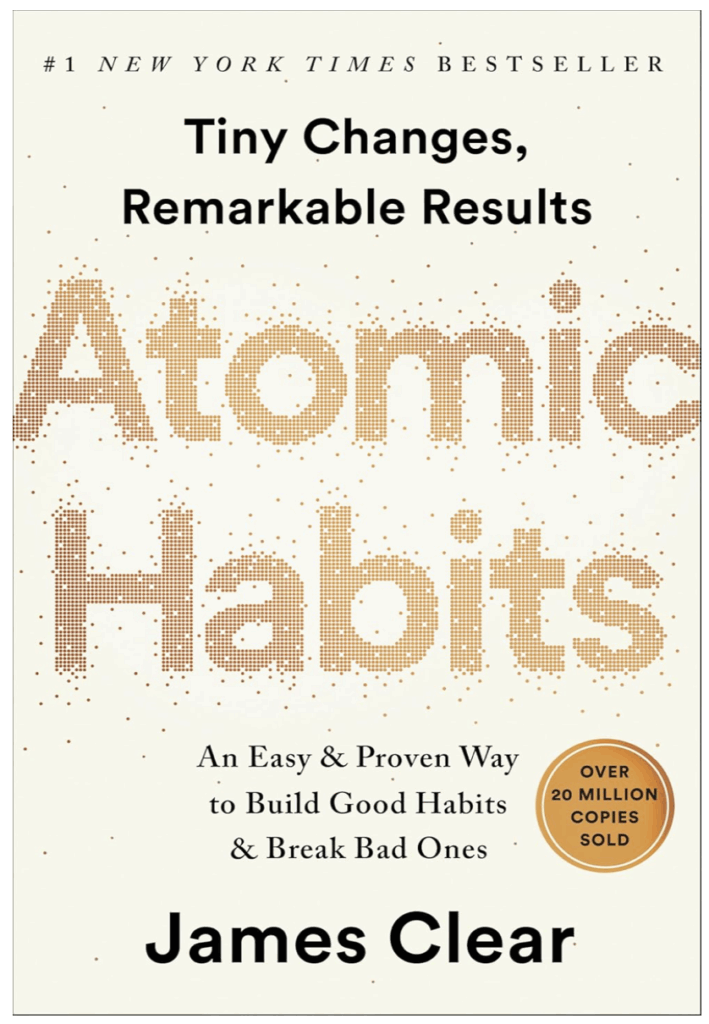
Atomic Habits: An Easy & Proven Way to Build Good Habits & Break Bad Ones
Importance of Sleep and Routine
Maintaining healthy habits while traveling starts with prioritizing sleep and establishing a consistent routine. This section explores how to ensure restful sleep, simplify your fitness goals, and maintain your routine without compromising intensity.
Prioritize Restful Sleep
When traveling, it’s crucial to prioritize sleep to maintain your health and energy levels. Jet lag and unfamiliar environments disrupt your sleep patterns, but there are strategies to mitigate these effects.
First, try to adjust to your new time zone as quickly as possible by exposing yourself to natural light during the day and avoiding screens before bedtime. Create a sleep-friendly environment in your hotel room by using earplugs, an eye mask, or a white noise app.
Stick to a consistent sleep schedule as much as possible, even if it means passing on late-night activities. Remember, quality sleep is essential for maintaining healthy habits while traveling, as it affects everything from your mood to your immune system.
Check out our article on how to Sleep Anywhere: The Best Tips to Travel Well-Rested
Simplify Your Fitness Goals
When on the road, it’s important to set realistic fitness expectations. Simplifying your goals will help you stay consistent without feeling overwhelmed by your usual routine.
Focus on a few key exercises or activities that are easy to perform anywhere. For example, bodyweight exercises like push-ups, squats, and planks require no equipment and can be done in a hotel room.
Consider incorporating short, high-intensity interval training (HIIT) sessions into your travel routine. These workouts are time-efficient and can be just as effective as longer sessions.
Remember, the goal is to maintain your fitness level, not necessarily improve it during your travels. By simplifying your goals, you’re more likely to stick to your routine and avoid falling off the wagon entirely.
Maintain Routine Over Intensity
While traveling, it’s more important to maintain the habit of exercising rather than focusing on the intensity of your workouts. Consistency is key when it comes to maintaining healthy habits while traveling.
If you usually work out in the morning, try to keep that time slot for physical activity, even if it’s just a quick stretch or a short jog. This helps maintain your body’s rhythm and sets a positive tone for the day.
Don’t stress about replicating your exact home routine. Instead, be flexible and adapt your workouts to your new environment. Remember, some activity is always better than none, and maintaining the habit will make it easier to return to your full routine when you get back home.
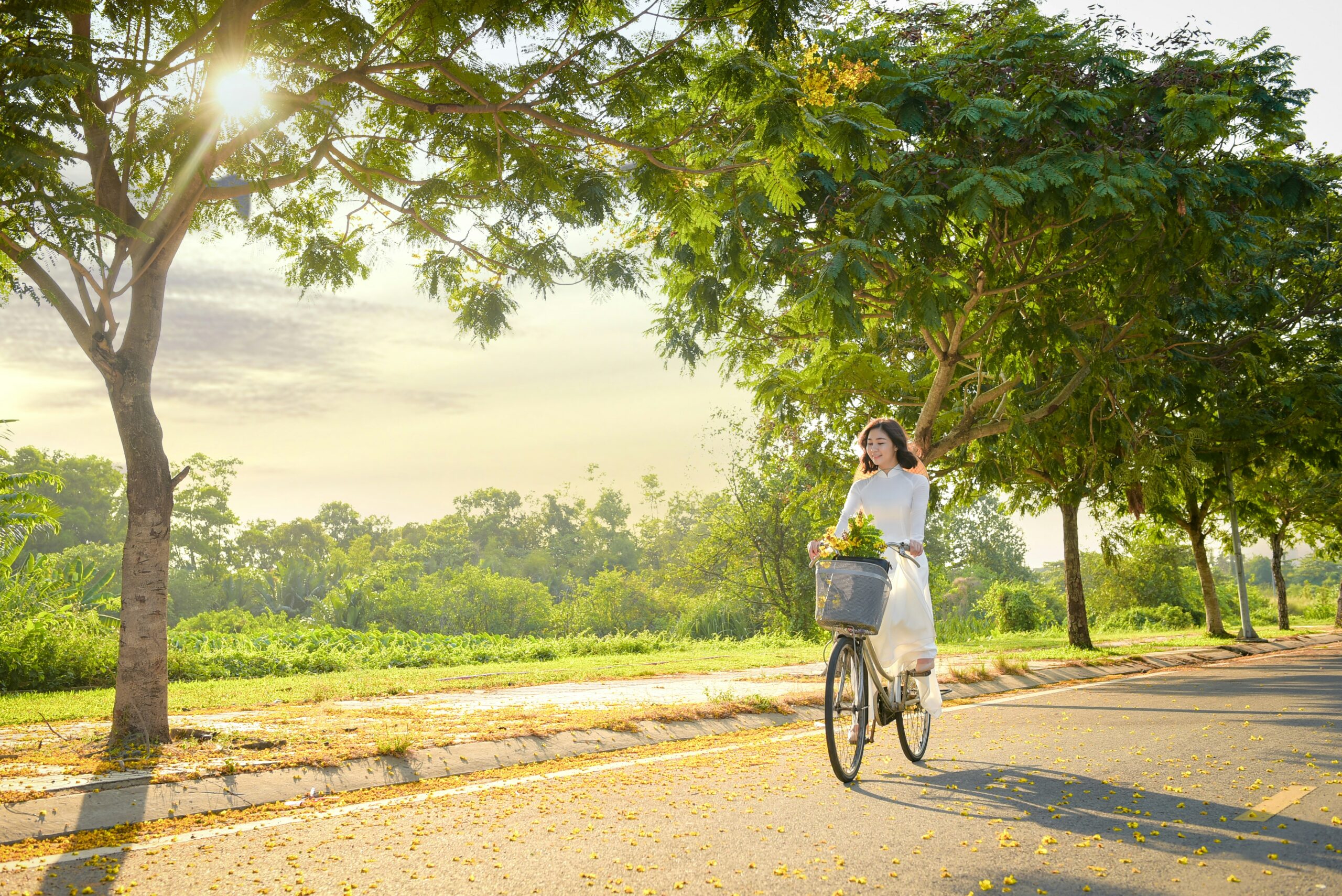
Planning Ahead for Success
Success in maintaining healthy habits while traveling often comes down to proper planning. This section covers how to choose fitness-friendly accommodation, pack for workouts, schedule exercise time, and plan your meals.
Choose Fitness-Friendly Accommodation
Selecting the right accommodation will significantly impact your ability to maintain healthy habits while traveling. Look for hotels or rentals that offer fitness amenities or are located near parks or gyms.
Many hotels now offer in-room fitness equipment or on-demand workout videos. Some even have partnerships with local gyms, providing guests with free or discounted access.
If you prefer outdoor activities, choose accommodations near parks, running trails, or beaches. This not only makes it easier to stay active but also allows you to explore your destination in a healthy way.
Remember, a little research before booking will go a long way in supporting your fitness goals during your trip.
Pack for Your Travel Workouts
Packing the right gear makes a big difference in your ability to maintain your fitness routine while traveling. Consider bringing portable workout equipment that’s lightweight and versatile.
Some essential items to consider include:
- Resistance bands
- Jump rope
- Yoga mat
- Lightweight, quick-drying workout clothes
- Running shoes
If you’re short on space, focus on items that serve multiple purposes. For example, resistance bands can be used for strength training, stretching, and even as a makeshift yoga strap.
Don’t forget to pack any necessary tech, like a fitness tracker or your favorite workout app, to help you stay motivated and track your progress.
Schedule Workouts
Just as you schedule meetings and sightseeing activities, it’s important to schedule your workouts when traveling. This helps ensure that exercise doesn’t get pushed aside in favor of other activities.
- Look at your travel itinerary and identify pockets of free time.
- Schedule your workouts during these times, preferably at the same time you usually exercise at home.
- Set reminders on your phone to prompt you when it’s time to exercise.
- Be flexible – if a scheduled workout doesn’t work out, have a backup plan or time slot.
Remember, scheduling your workouts makes them a priority and increases the likelihood that you’ll follow through.
Plan your Meals
Maintaining a healthy diet is challenging when traveling, but planning ahead will help you make better food choices.
Research restaurants at your destination that offer healthy options. Many cities now have health-focused eateries that cater to various dietary needs.
If you’re staying in accommodations with a kitchen, consider grocery shopping upon arrival. Stock up on healthy snacks and ingredients for simple meals.
When eating out, try to follow the plate method: fill half your plate with vegetables, a quarter with lean protein, and a quarter with whole grains. This way you maintain balance even when trying local cuisines.
Remember, it’s okay to indulge in local specialties, but aim for moderation and balance overall.
Insights from Atomic Habits
James Clear’s “Atomic Habits” offers valuable insights for maintaining healthy habits while traveling. This section provides an overview of the book and practical tips for forming habits on the go.
Overview of Atomic Habits
“Atomic Habits” by James Clear is a comprehensive guide to breaking bad habits and forming good ones. The book’s central idea is that small, consistent changes will lead to remarkable results over time.
Clear argues that the key to lasting change is focusing on systems and processes rather than goals. He emphasizes the importance of identity-based habits, suggesting that the most effective way to change your behavior is to focus on who you wish to become.
The book introduces the concept of habit stacking, where you attach a new habit to an existing one, making it easier to remember and implement. This technique is particularly useful when trying to maintain healthy habits while traveling.

Atomic Habits: An Easy & Proven Way to Build Good Habits & Break Bad Ones
Practical Habit-Forming Tips
Based on the principles outlined in “Atomic Habits,” here are two practical tips for forming and maintaining healthy habits while traveling:
- Make it obvious: Keep your workout clothes and shoes visible in your hotel room. This visual cue serves as a reminder and increases the likelihood of you exercising.
- Make it easy: Start with small, manageable habits. For example, commit to doing just five minutes of exercise each morning. This low barrier to entry makes it easier to start, and often, you’ll end up doing more once you’ve begun.
These strategies will help you maintain consistency with your health and fitness routines, even in unfamiliar environments.
“You do not rise to the level of your goals. You fall to the level of your systems.” – James Clear, Atomic Habits
This quote emphasizes the importance of creating robust systems and routines to support your health and fitness goals while traveling.
Adapting to New Environments
Traveling often means encountering new environments and schedules. This section explores how to maintain flexibility in your routine and take advantage of local fitness options.
Flexibility with Routine Changes
Adapting your routine to new environments is crucial for maintaining healthy habits while traveling. It’s important to be flexible and open to modifications in your usual schedule.
If jet lag affects your usual workout time, be willing to shift your exercise to a different part of the day. Listen to your body and adjust accordingly. For instance, if you’re feeling sluggish in the morning due to time zone changes, try an afternoon or evening workout instead.
Remember that consistency doesn’t mean rigidity. The goal is to maintain the habit of physical activity, even if the specific time or type of exercise changes. This flexibility will help you stay on track with your health goals without adding unnecessary stress to your travel experience.
Exploring Local Fitness Options
One of the exciting aspects of traveling is the opportunity to try new things, and this extends to fitness activities as well. Exploring local fitness options will add variety to your routine and enhance your travel experience.
Consider trying local fitness classes or activities that are popular in your destination. This could range from yoga on the beach in Bali to hiking in the Swiss Alps or joining a local running group in New York City.
Many cities offer bike-sharing programs, which are e a great way to stay active while exploring your destination. Look for walking tours or create your own walking itinerary to combine sightseeing with physical activity.
Remember, these local fitness experiences not only help you maintain your healthy habits but also provide unique insights into the local culture and lifestyle.
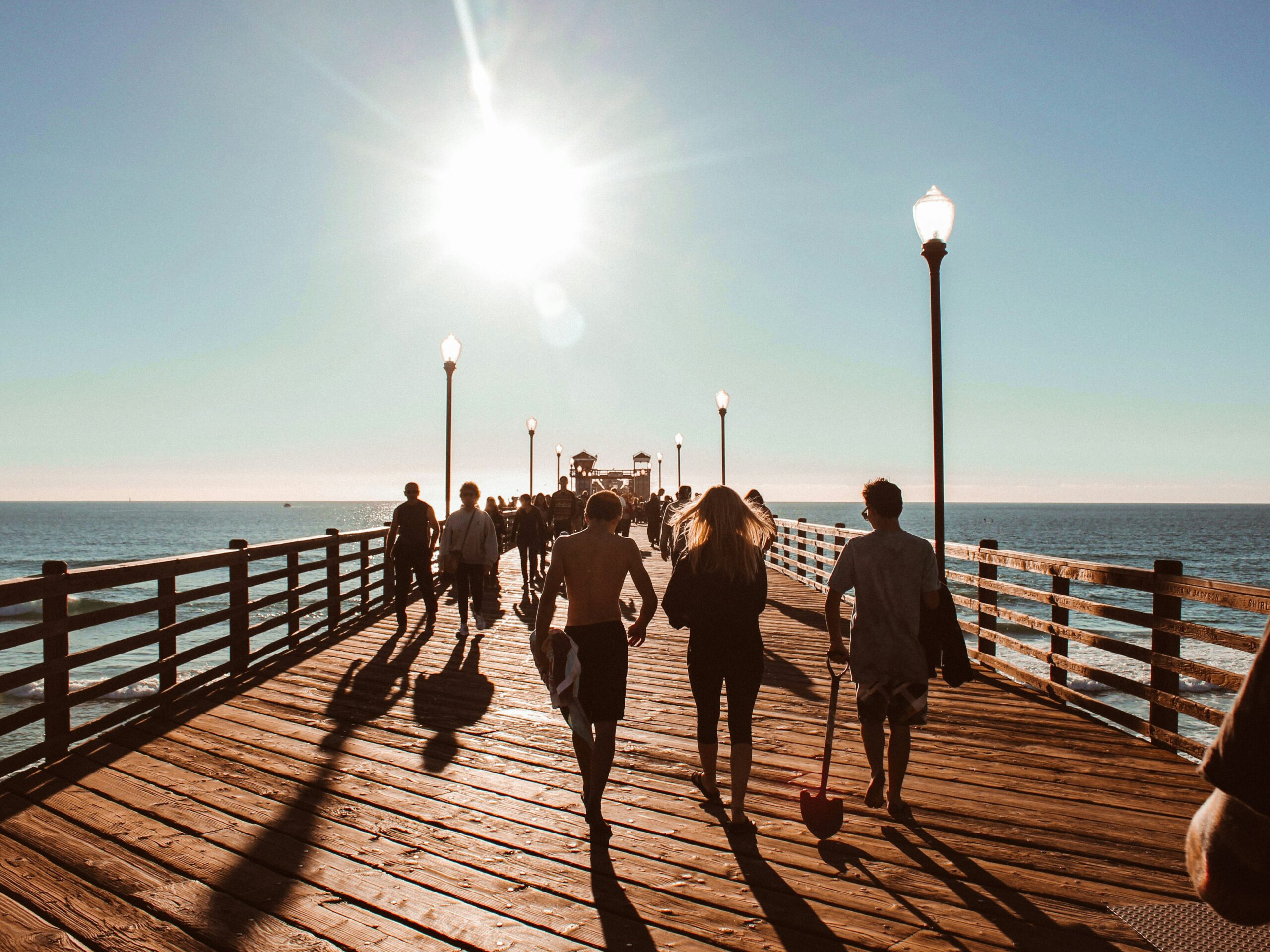
Balancing Indulgence and Health
Traveling often involves culinary exploration and indulgence. This section discusses how to balance enjoying local cuisines with maintaining a healthy diet.
Mindful Eating While Traveling
Mindful eating is a powerful tool for maintaining healthy habits while traveling, allowing you to enjoy local cuisines without overindulging. It involves paying full attention to your food and eating experience.
When trying new foods, take the time to savor each bite. Notice the flavors, textures, and aromas. This not only enhances your culinary experience but also helps you feel more satisfied with smaller portions.
Be aware of your hunger and fullness cues. It’s easy to overeat when faced with delicious new foods. Listen to your body and stop when you’re comfortably full.
Remember, it’s okay to indulge in local specialties. The key is to do so mindfully and in moderation, balancing these treats with healthier choices in your other meals.
Incorporating Local Healthy Habits
Many destinations have their own unique healthy habits and practices to incorporate into your routine. This not only supports your health goals but also enriches your travel experience.
Research local health practices before your trip. For example, you might try tai chi in China, visit a hammam in Turkey, or participate in a traditional sweat lodge ceremony in North America.
Pay attention to local eating patterns and try to adopt beneficial ones. For instance, the Mediterranean diet emphasizes fresh fruits, vegetables, whole grains, and healthy fats.
Look for local superfoods or healthy ingredients that are staples in the local diet. Incorporating these into your meals is a delicious way to support your health while experiencing local flavors.

Remember, maintaining healthy habits while traveling is about finding a balance that allows you to enjoy your trip while still taking care of your wellbeing. With mindful choices and a flexible attitude, you will return from your travels feeling refreshed and healthy.

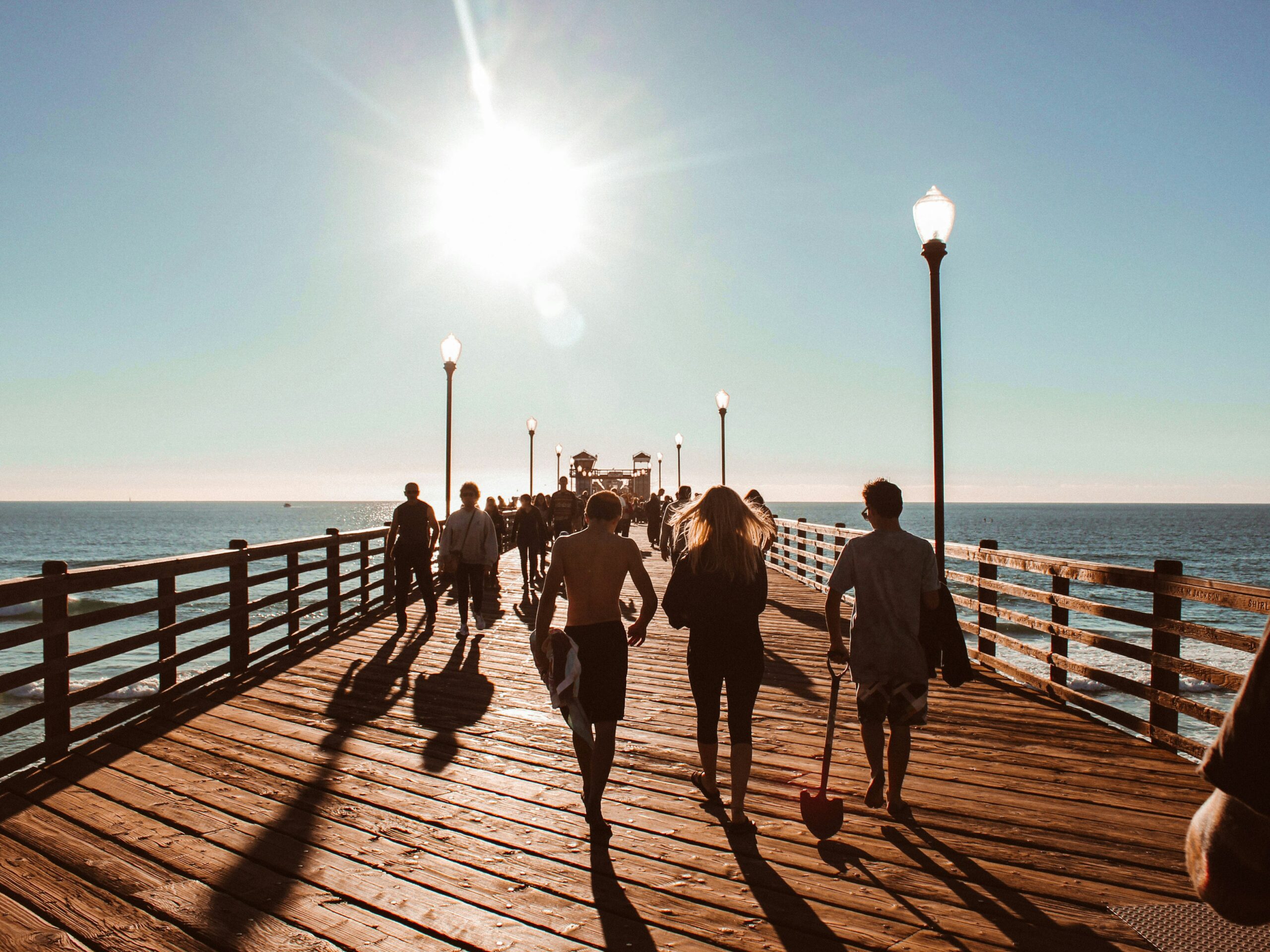
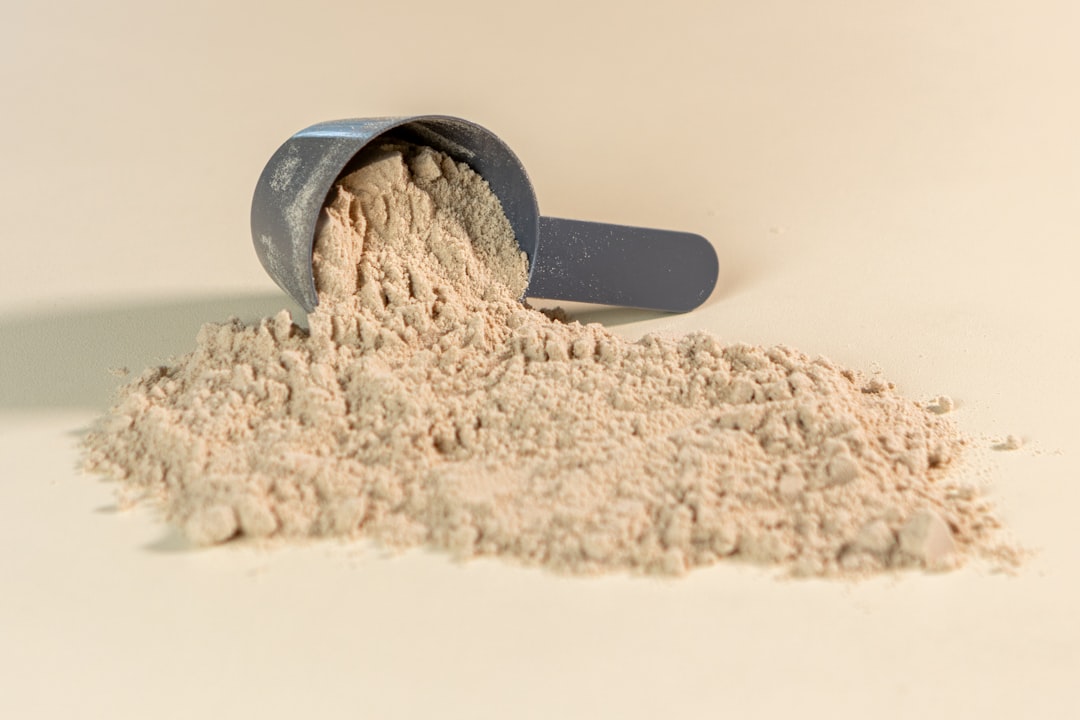

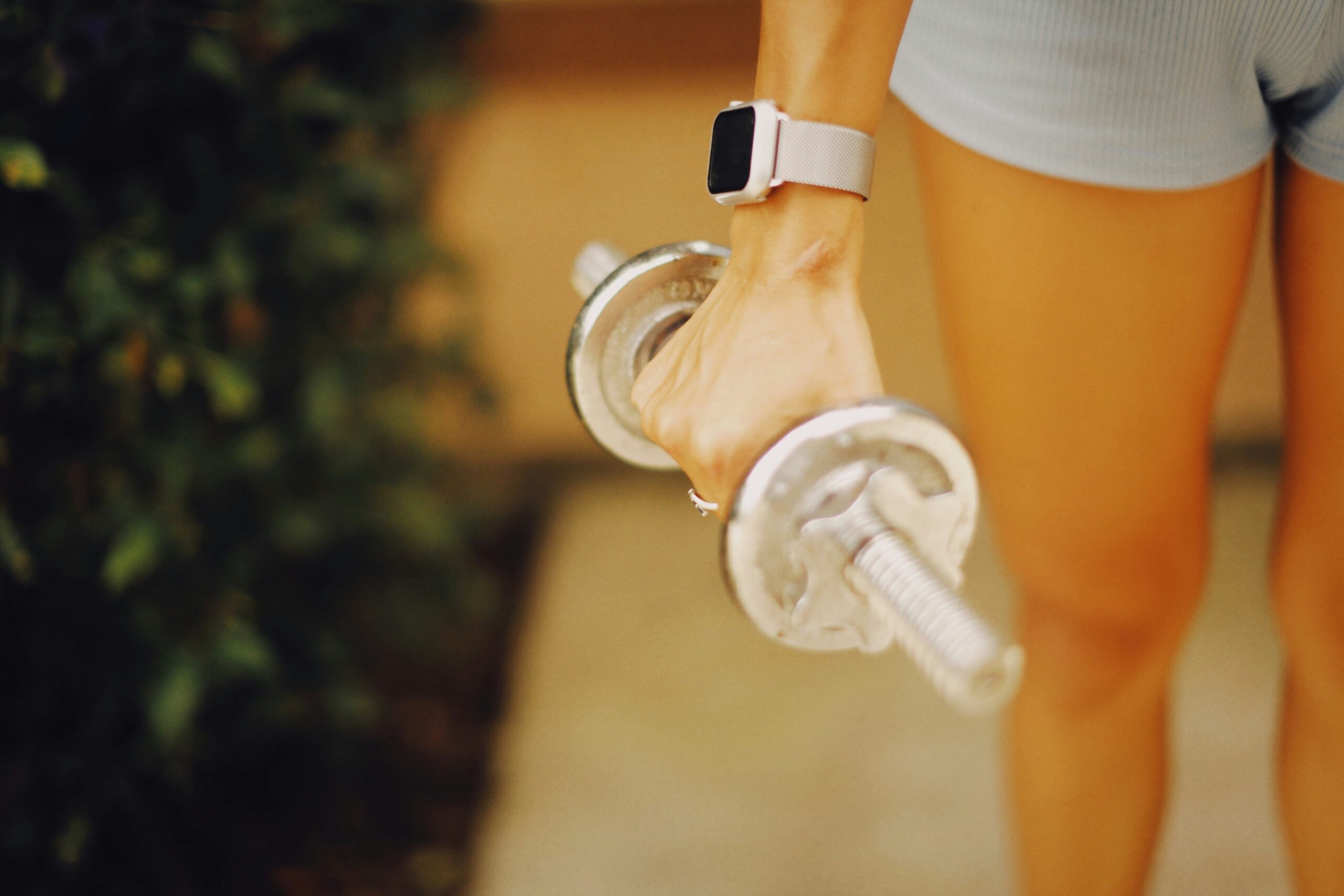


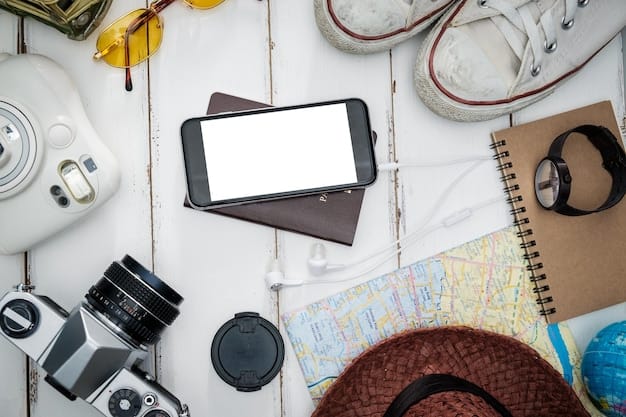
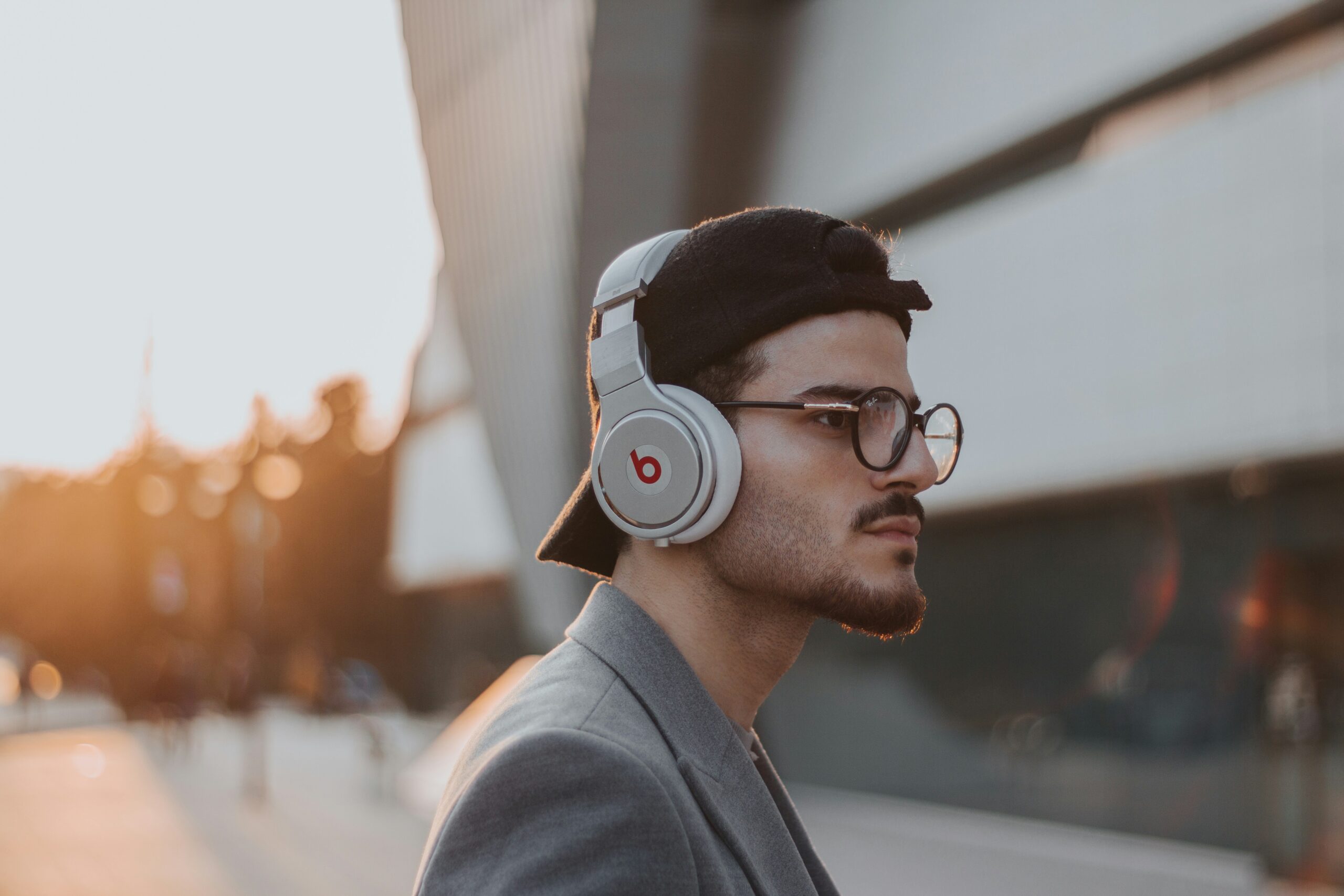

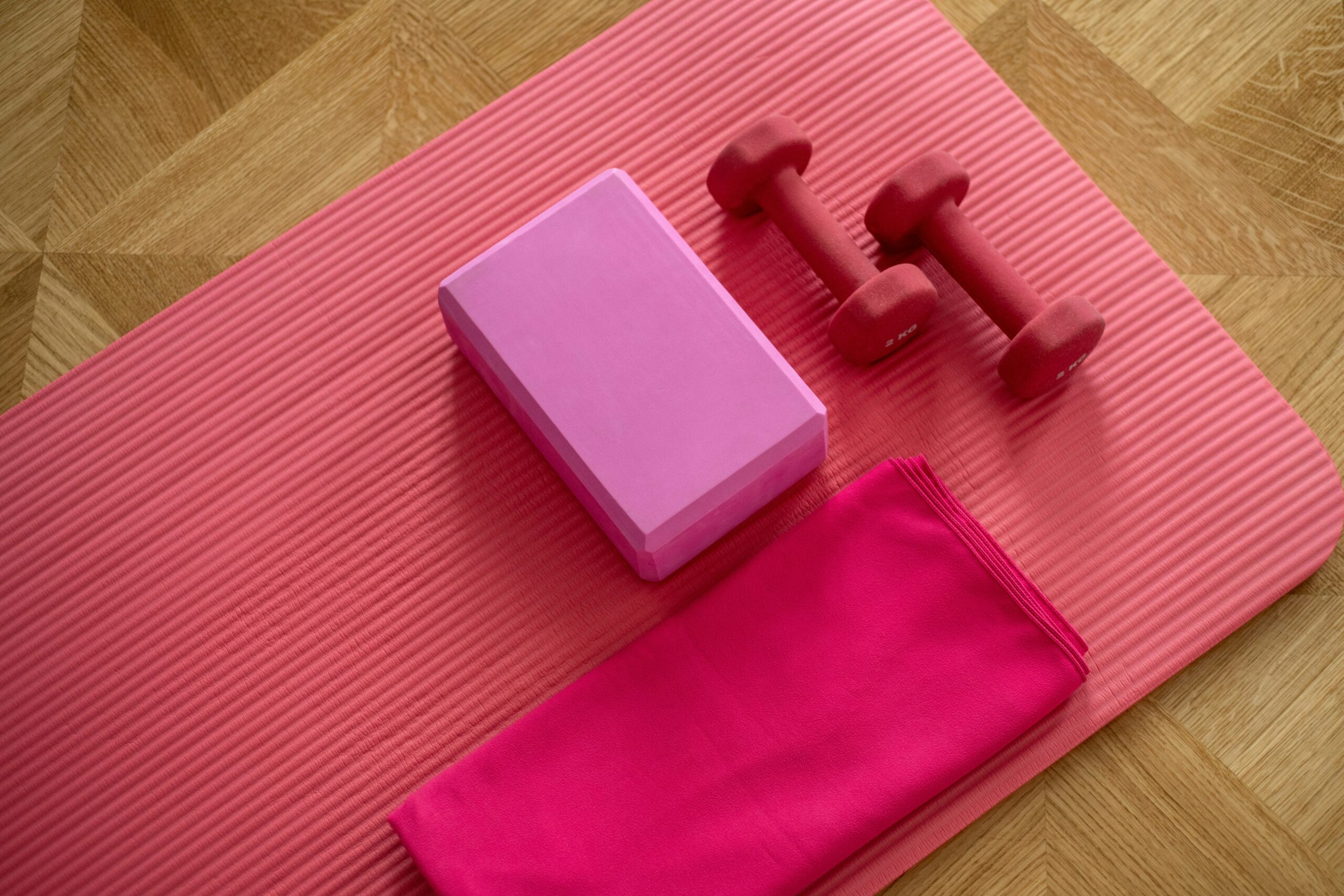
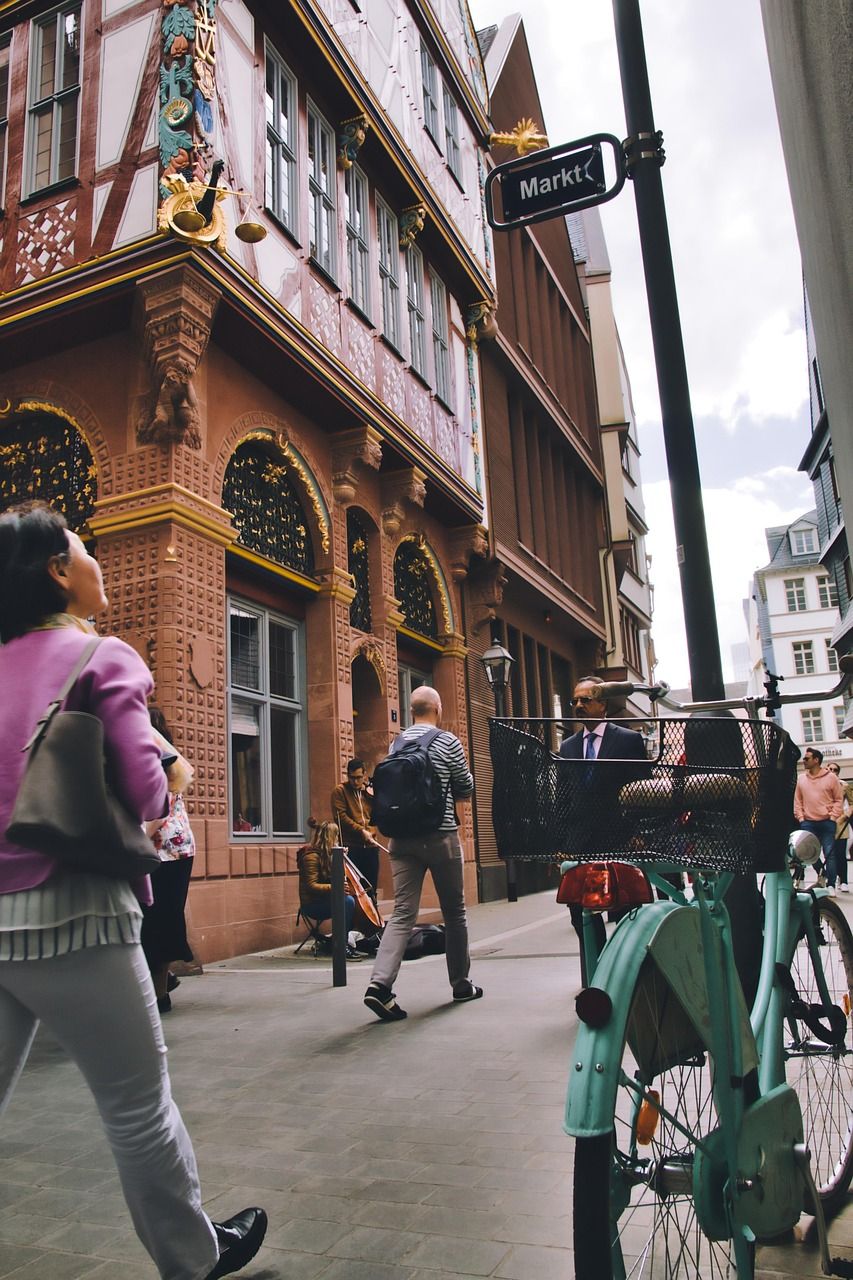

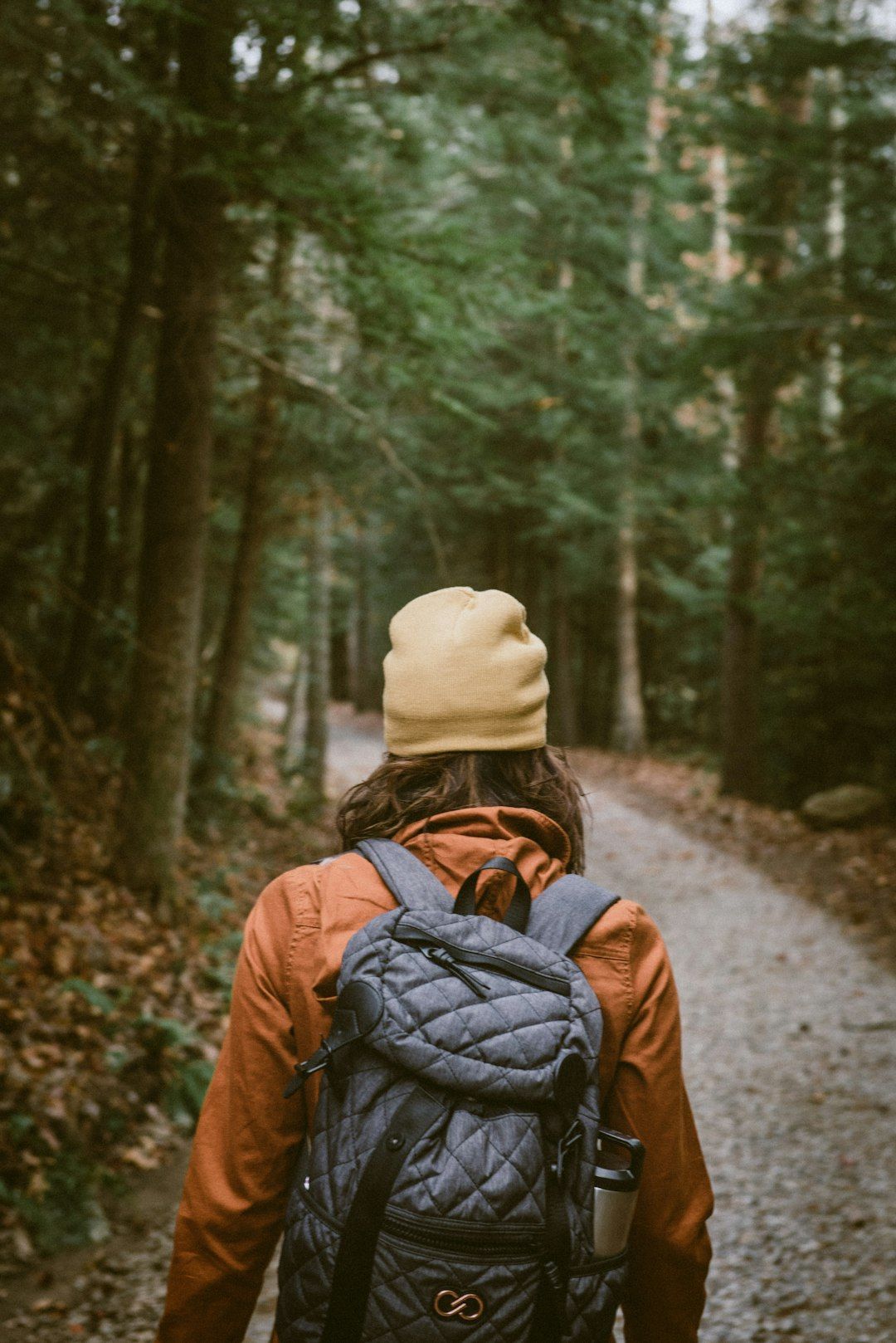
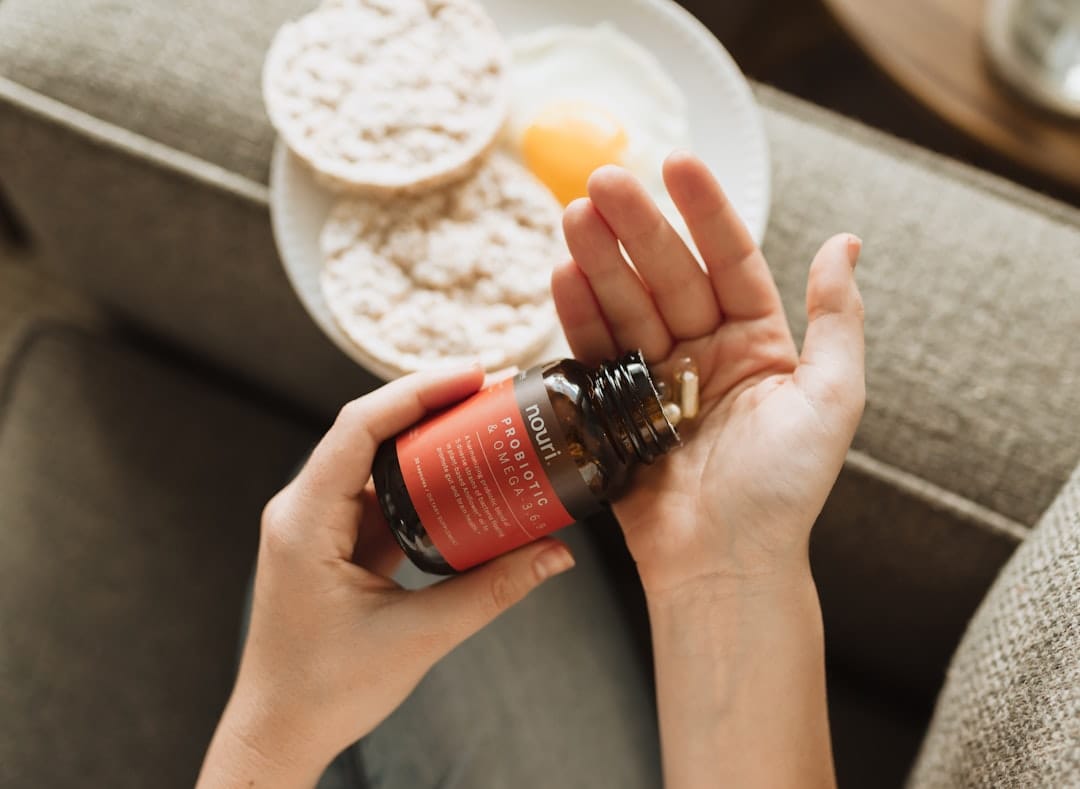

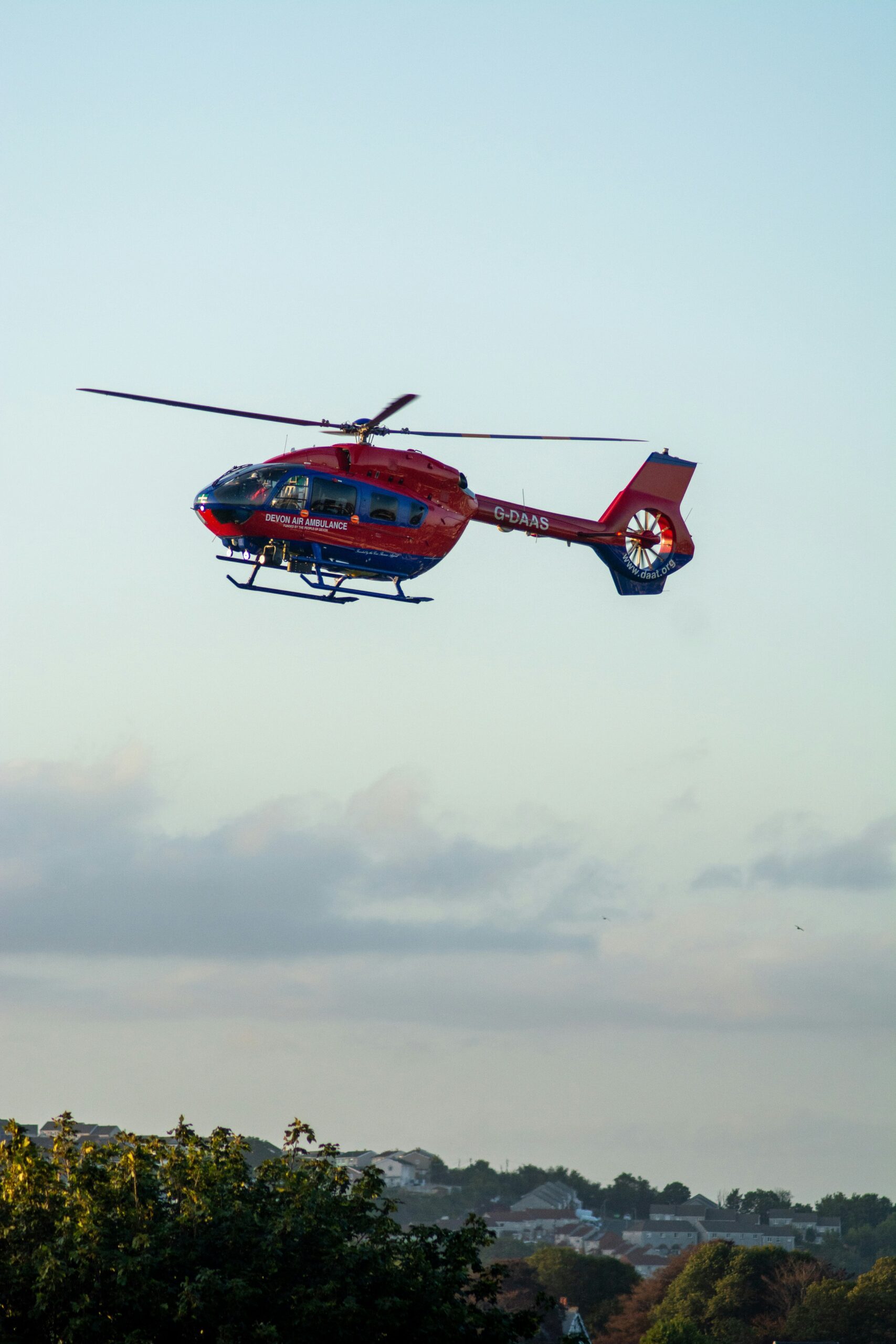
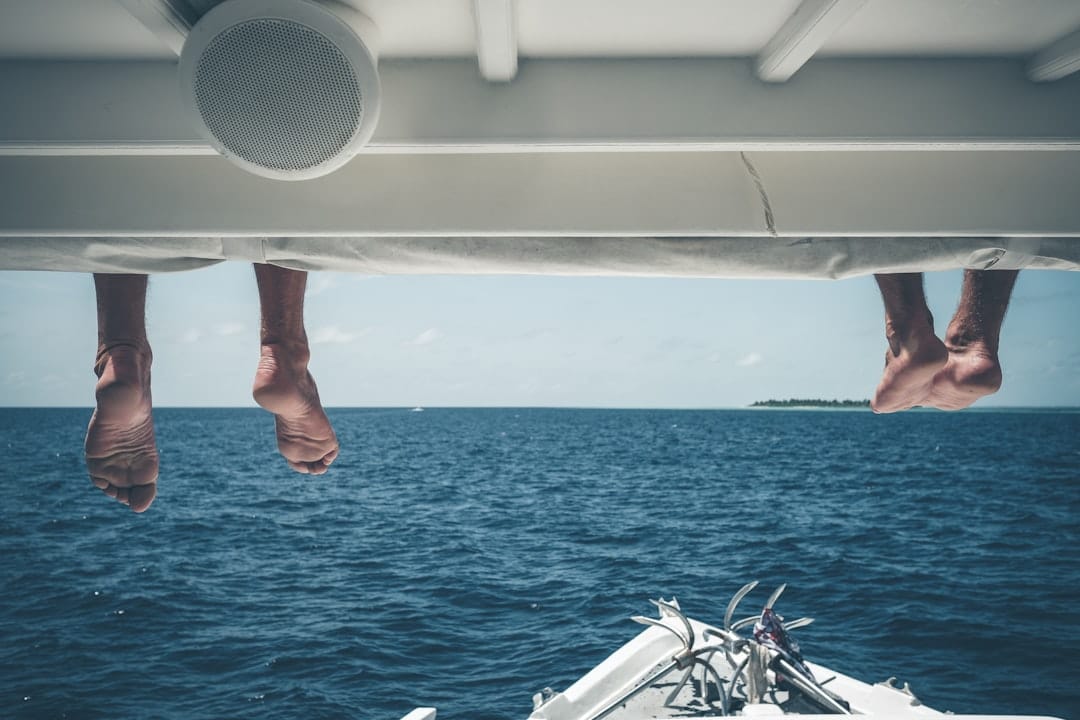
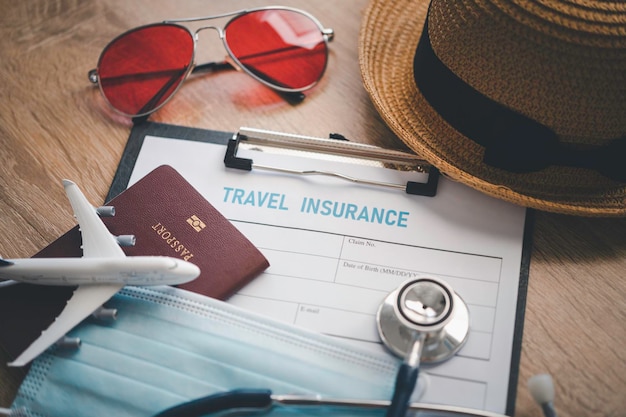
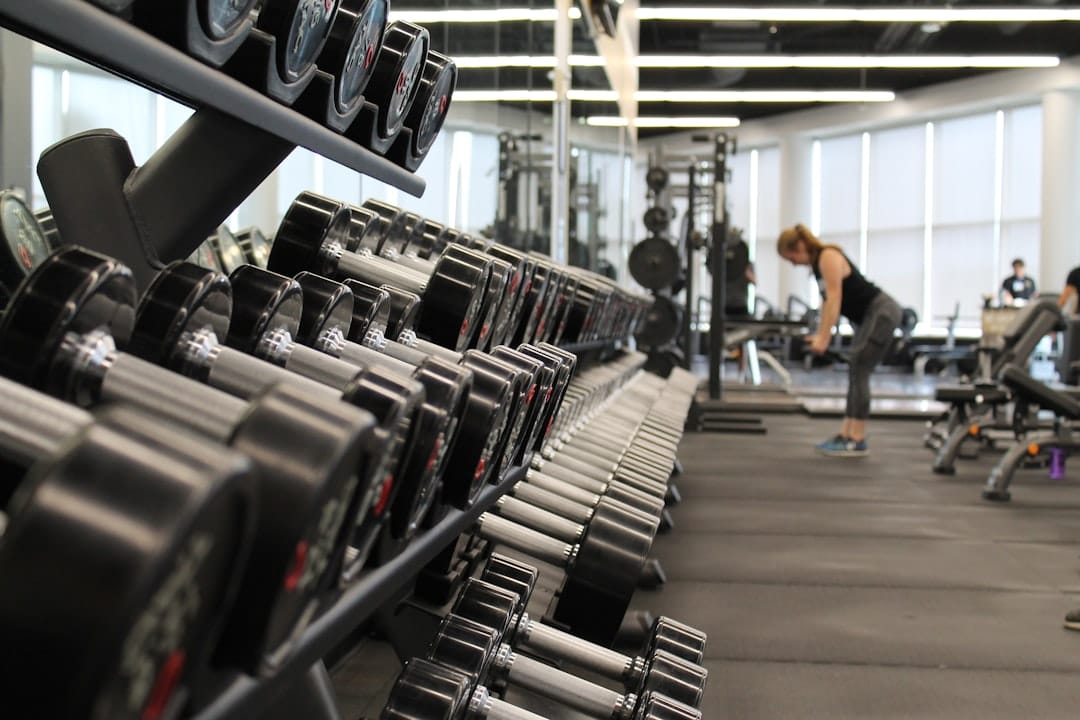






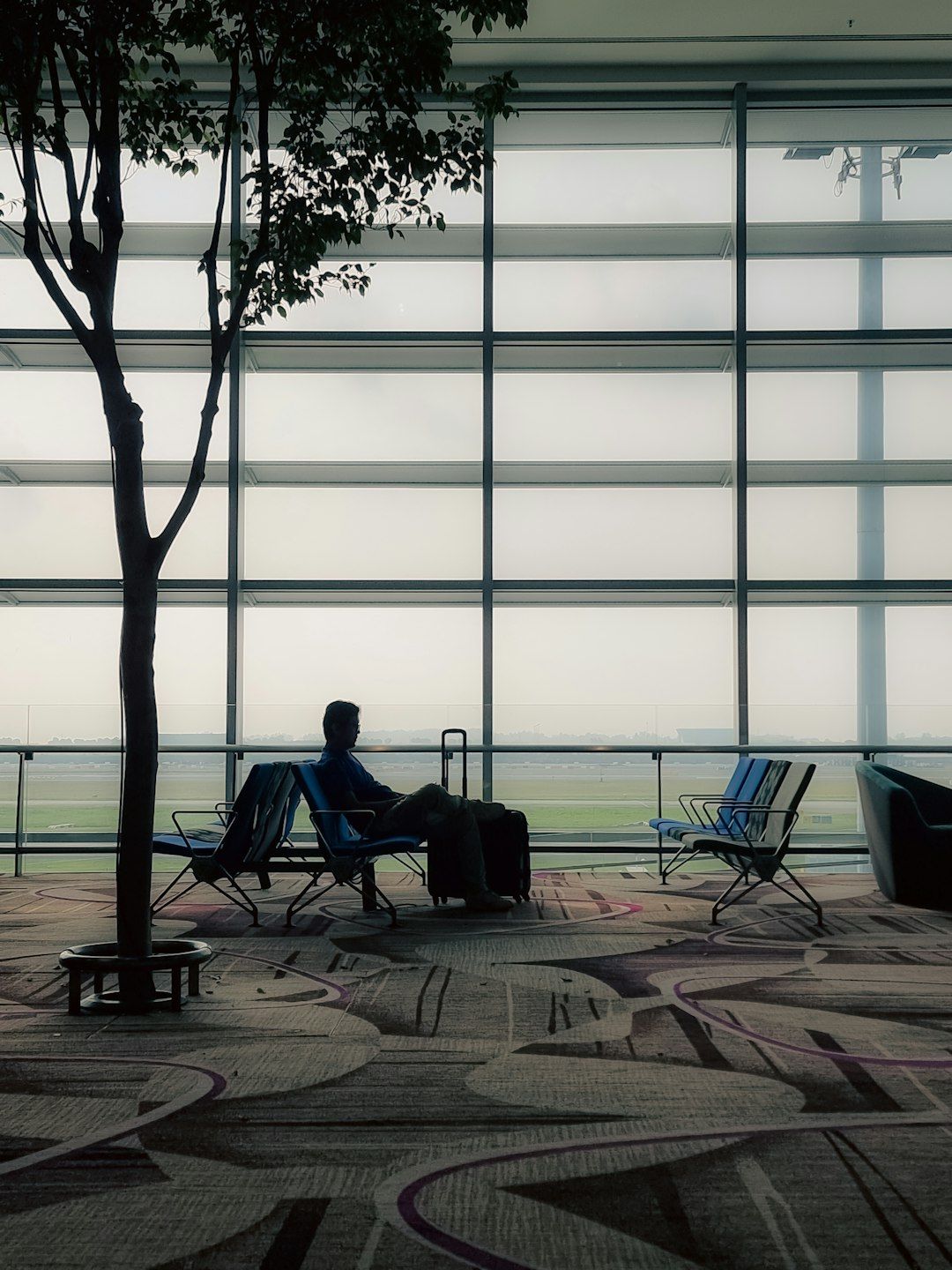

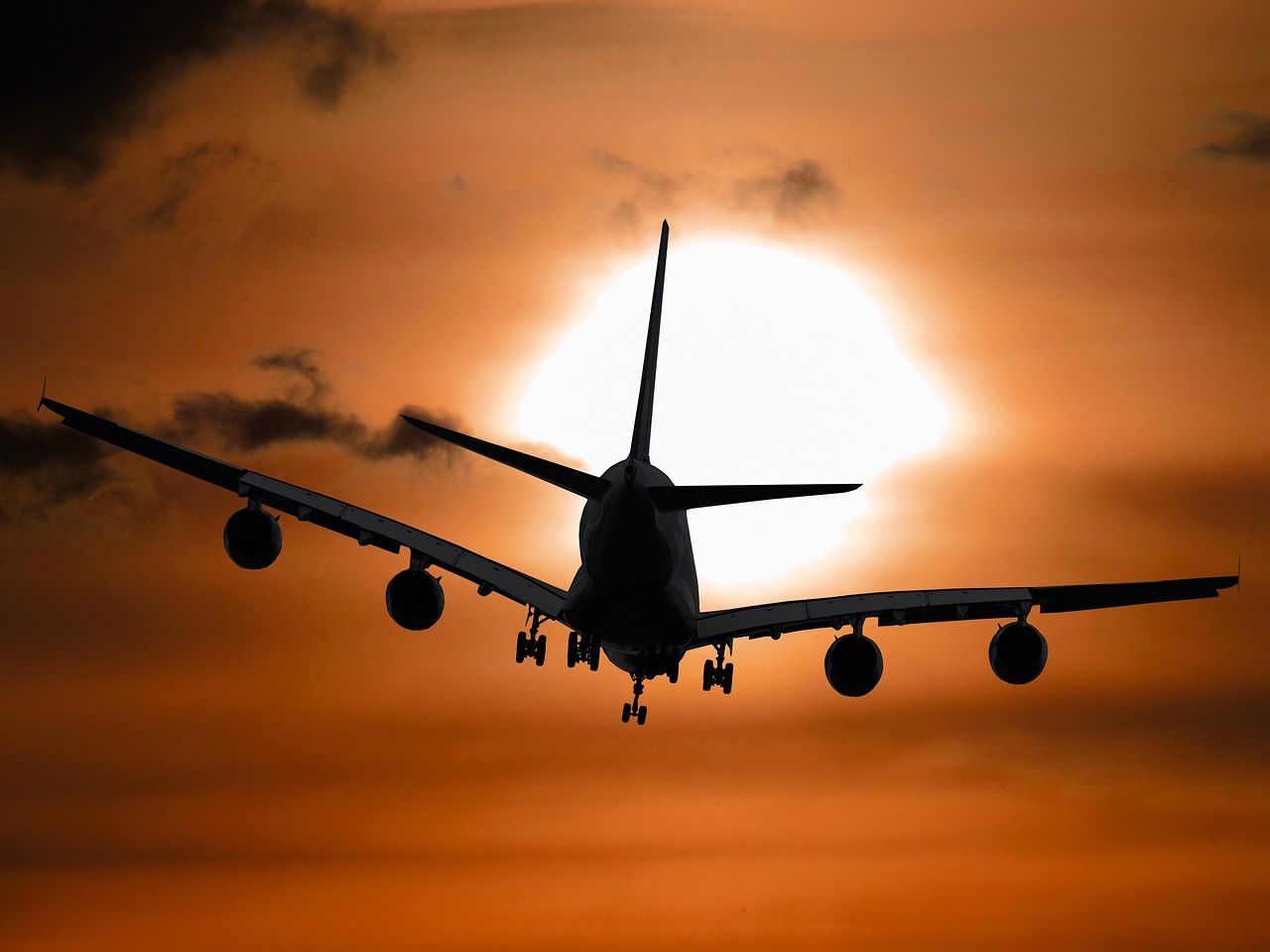

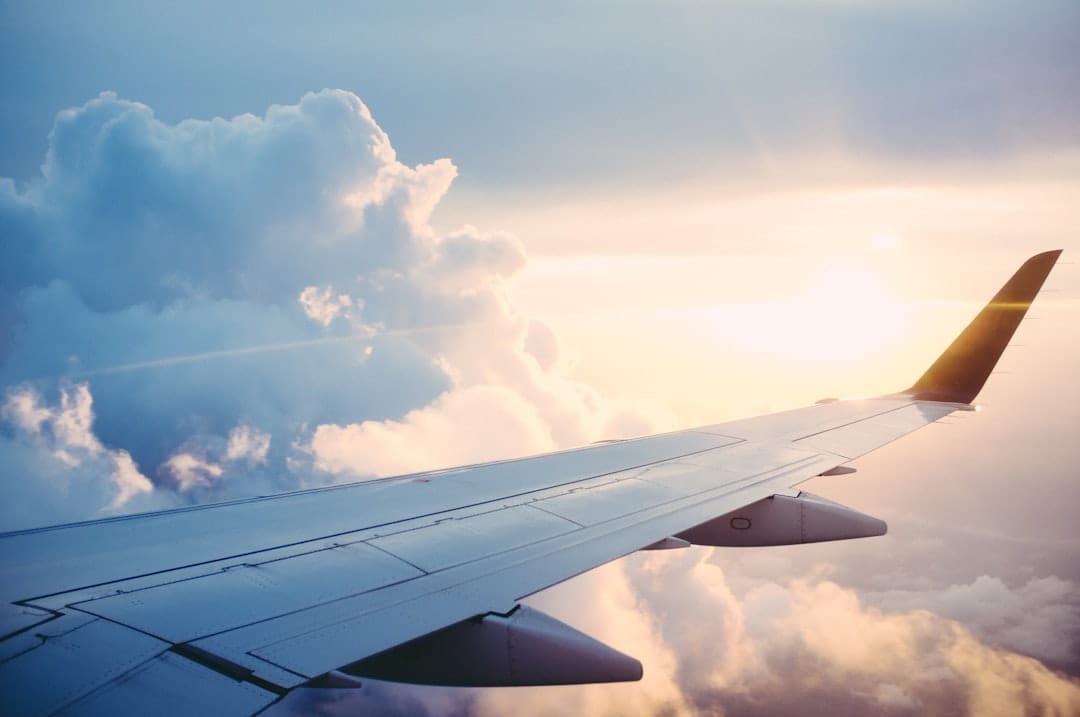
Leave a Reply